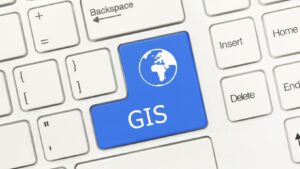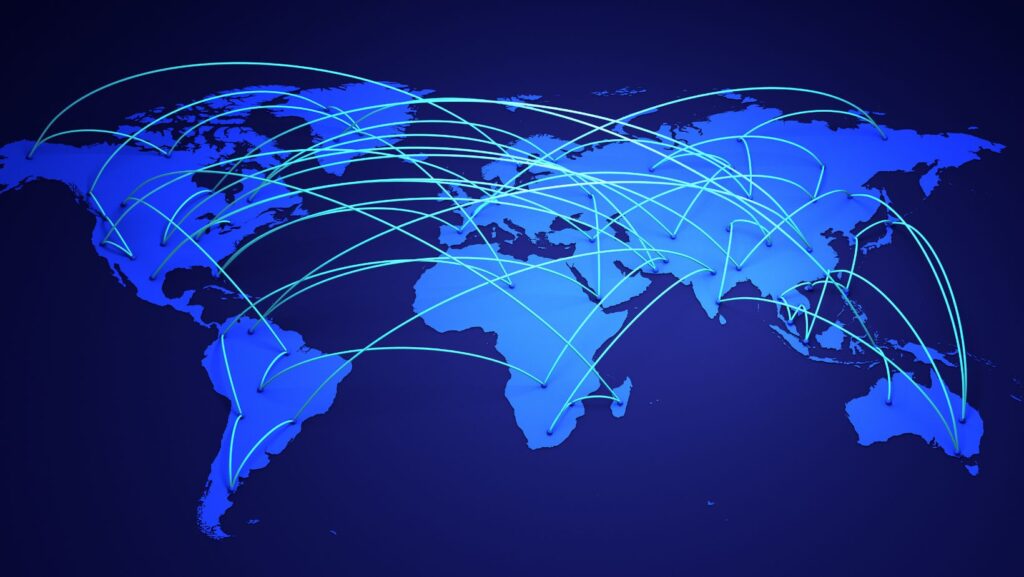In the ever-evolving business world, the concept of spatial business systems is gaining momentum. It’s a blend of geography and business, providing a unique perspective on how enterprises operate. Spatial business systems aren’t just about location; they’re about understanding how space and place impact business operations and strategies.
So, are you ready to dive into the world of spatial business systems? Let’s unravel the complexities and explore the potential of this intriguing concept.
Spatial Business Systems
 Spatial business systems automates and streamlines the integration of geographical data, enhancing operational efficiency. They leverage Geographic Information Systems (GIS), which analyze location data, offering crucial business insights. Examples of such data encompass demographics, climate, traffic patterns, and land usage.
Spatial business systems automates and streamlines the integration of geographical data, enhancing operational efficiency. They leverage Geographic Information Systems (GIS), which analyze location data, offering crucial business insights. Examples of such data encompass demographics, climate, traffic patterns, and land usage.
These systems exploit ‘location intelligence’, thus empowering organizations in their strategic decision-making process. Notably, businesses across various sectors, from retail to real estate, benefit from these systems. Retail enterprises, for instance, might use spatial data to optimize store locations, while real estate firms could maximize returns via identifying high-value regions.
Moreover, spatial business systems emerge as a key player in predictive analytics. By extrapolating geolocation-based trends, they potentially unearth future business opportunities, thereby underpinning growth.
In essence, a sound understanding of spatial business systems not only enriches knowledge but also paves the way for savvy, geolocation-driven business strategies and improved returns.
Evolution of Spatial Business Systems
 Spatial business systems, over the years, experienced significant evolution. From simple maps serving a navigational purpose, these systems have transformed into sophisticated tools for strategic decision-making. Pivotal advancements occurred in the late 1960s with the advent of Geographic Information Systems (GIS). This technology integrated location data, offering valuable insights such as demographics, climate, and land usage.
Spatial business systems, over the years, experienced significant evolution. From simple maps serving a navigational purpose, these systems have transformed into sophisticated tools for strategic decision-making. Pivotal advancements occurred in the late 1960s with the advent of Geographic Information Systems (GIS). This technology integrated location data, offering valuable insights such as demographics, climate, and land usage.
By the 1980s, the capabilities of spatial business systems had expanded, promoting business applications. Companies began to recognize the strategic potential of location data, using it to optimize operations and identify key growth areas. In the 21st century, software developments and increasing data sophistication have further maximized the value of spatial business systems.
Today, harnessing location intelligence, businesses across sectors effectively strategize, predict trends, and optimize resources, fostering growth and improved returns.
Importance of Spatial Business Systems in Today’s World
 Spatial business systems exert an undeniable impact on today’s business arena, heightening operational efficiency while revealing novel opportunities. Integrating geography and business, spatial data directly feeds strategic planning, ensuring organizations comprehend and utilize location dynamics. Traffic patterns, climate, and demographics are among the many aspects analyzed, leading to more insightful decision-making. Existing applications extend to retail and real estate sectors. Retailers, for example, finetune store placement to maximize profitability, while real estate firms isolate high-value areas ripe for investment. Predictive analytics is another key benefit, enabling businesses to spot emerging trends and chart possible paths.
Spatial business systems exert an undeniable impact on today’s business arena, heightening operational efficiency while revealing novel opportunities. Integrating geography and business, spatial data directly feeds strategic planning, ensuring organizations comprehend and utilize location dynamics. Traffic patterns, climate, and demographics are among the many aspects analyzed, leading to more insightful decision-making. Existing applications extend to retail and real estate sectors. Retailers, for example, finetune store placement to maximize profitability, while real estate firms isolate high-value areas ripe for investment. Predictive analytics is another key benefit, enabling businesses to spot emerging trends and chart possible paths.
Advancements from the 1960s to date have further ratified the importance of spatial business systems in today’s digitally driven world. From basic geographical mapping to intricate data dissection, the value of these systems has expanded, highlighting the imperative of location intelligence in contemporary business strategy. Yet, this role continues to evolve, opening new doors to innovation, growth, and ultimate business success.
Challenges and Solutions in Implementing Spatial Business Systems
Spatial business systems aren’t just about data collection. They’re about turning that data into actionable insights. It’s a transformative tool that’s reshaping how businesses operate, strategize, and grow. But like any innovation, it’s not without its challenges.
Implementing these systems requires technical expertise and a deep understanding of geospatial data. It’s not a one-size-fits-all solution. Each business must adapt the system to its unique needs and goals. Yet, with the right approach, the benefits far outweigh the challenges. Businesses that successfully harness the power of location intelligence stand to gain a competitive edge, unlocking new opportunities and driving growth. The future of business is spatial, and it’s transforming the way we think about location and strategy.



